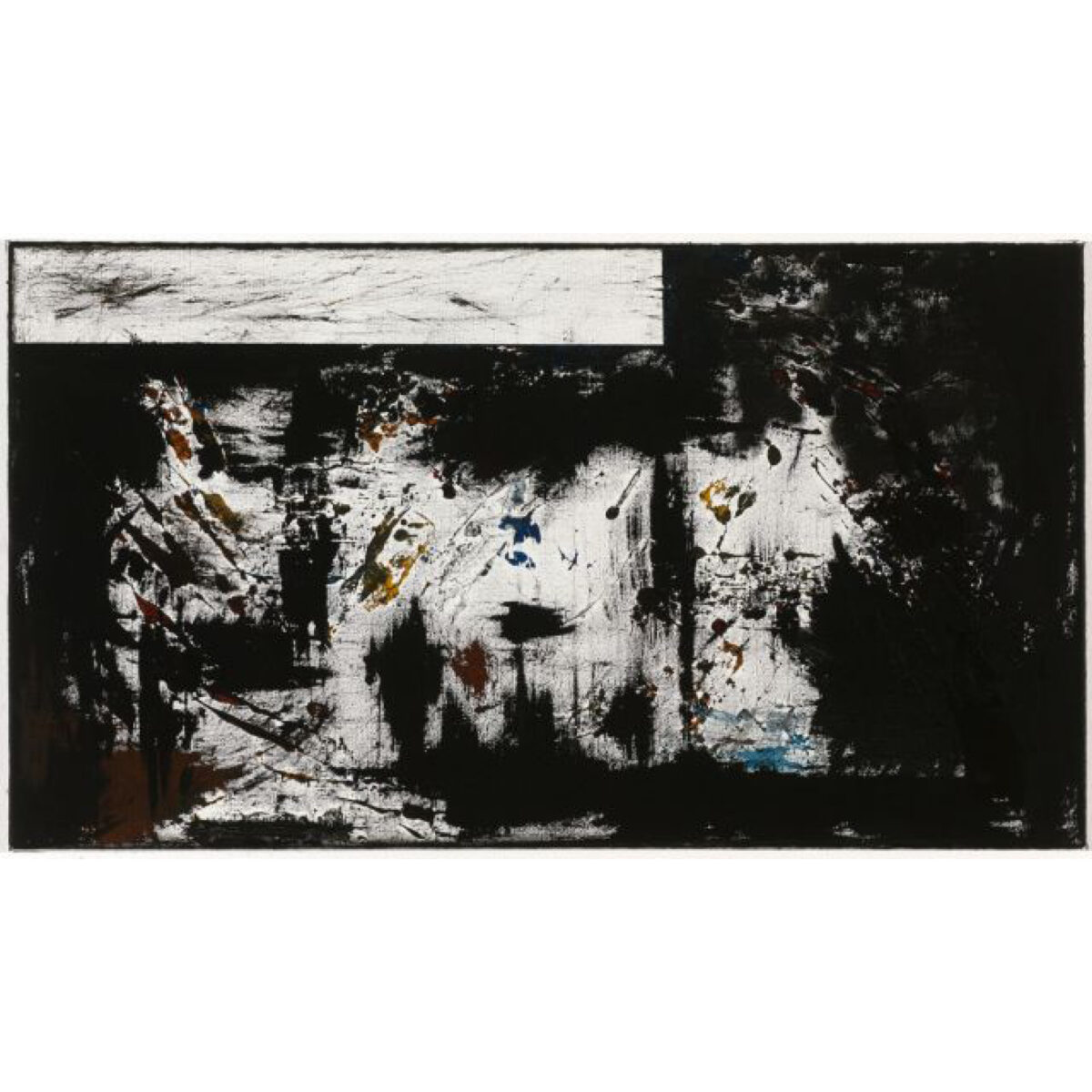Born 1967 in Dresden, Germany, lived in Berlin and Dresden, died 2019
In the tradition of realist painting and photorealism, Eberhard Havekost develops a painting style that, in conjunction with his titles, questions the claim to reality and the power of images. Both in mimetic figuration and abstract gestures, his work continuously reveals art-historical and societal references—to painting, photography, and film, as well as to the increasing expansion of images into virtual spaces. He explores processes of perception and a subjective selection within visual habits, which already reduce and abstract an object to its essential characteristics. In this sense, Havekost typically shows things in fragments and without any recognizable context. Through serial approaches and changing perspectives, depictions of still life, architecture, portraiture, landscape—as well as themes of painting, photography, form, and color—become a seismographic investigation of collective seeing and cultural identity.
The artist uses private or found photographs as source material for his paintings, which he digitally edits and alters. This is a method first introduced in the 1970s by Gerhard Richter and still applied today. His artistic strategy is explicitly designed to make the medium-specific characteristics of photography—such as its fragmentary nature, blur, or lack of composition in favor of motif—visible within the medium of painting.
One of Havekost’s series shows various tinted views of the moon and its surface, evoking the famous yet never-proven moon studies of Galileo Galilei. Through titles such as Raumbild, Twi Light, Speculation (2012–2013), fundamental societal fears and desires—such as the deeply human longing to comprehend the cosmos both visually and structurally—are translated into a contemporary media context.
In a similar way, the triptych Raum (2016), consisting of three horizontally aligned monochromatic abstract paintings, creates a tension that—amplified by the title—makes space perceptible and depictable without relying on any traditional perspective. In a playful, partly ironic interplay of language and image, Havekost seems to call for a general reassessment of the relationship between signifier and signified.

